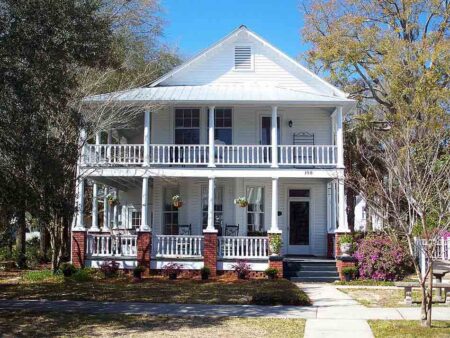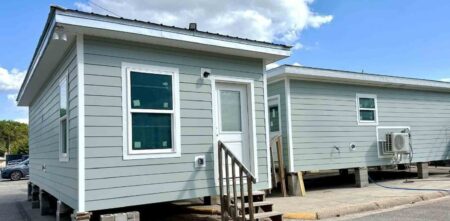FLORIDA — Lawns naturally go dormant as we move into the fall and early winter.
In Florida, all of our permanent lawn grasses begin to fade and slow down in growth during fall. They are supposed to do so. Some lawns will go dormant earlier than others based on species, location, and management.
Cooler temperatures (particularly cooler night temperatures) and shorter days of autumn trigger our lawns to slow down. In addition, the green color begins to fade and eventually, the lawn will turn brown, usually after a frost or freeze.
In some cases, sections of a lawn may retain some green color through part or all of the winter. For example, a St. Augustine lawn may stay green where it’s protected from frosts, such as under tree branches or along the coast where it’s warmer. Some varieties of St. Augustinegrass exhibit more cold hardiness and may maintain some green color longer as compared to other types of grasses. Even when this is true, the growth slows as the lawn goes into a state of dormancy.
As your lawn goes dormant, my advice is to let it take a rest, and you take a rest, too.
As our warm season grasses go dormant, they don’t need to be fertilized, particularly with a high nitrogen fertilizer. Unfortunately, many of the so-called “winterizer” fertilizers available in our area can cause more damage than good.
The time to fertilize our warm-season grasses in Florida is during the growing season, not when these lawn grasses are going dormant.
Nitrogen encourages new growth. The nitrogen interferes with the dormancy process, forcing the lawn to produce new tender growth at the wrong time of year. That young tender growth is susceptible to cold injury and will likely be damaged by the first frost. Many times, this damage goes unnoticed until the following spring when the weakened, damaged areas fail to green up.
If you insist on “winterizing” your lawn, use a fertilizer with low nitrogen (represented by the first number in the fertilizer analysis) and high potassium (represented by the third number in the analysis). In most cases, the second number (phosphorus) also should be low. But never use a high-nitrogen fertilizer this late in the season.
Also, in order for the fertilizer to do any good at all for the lawn, it needs to be applied while the grass is actively growing, when the grass can readily take it in. As the lawn is slowing down and when the soil temperature is cooler, much of the fertilizer that could have benefited the grass is wasted.
Larry Williams is the Extension horticulture agent with the Okaloosa County Cooperative Extension Service, University of Florida. Contact Larry at 689-5850 or email lwilliams@myokaloosa.com.








